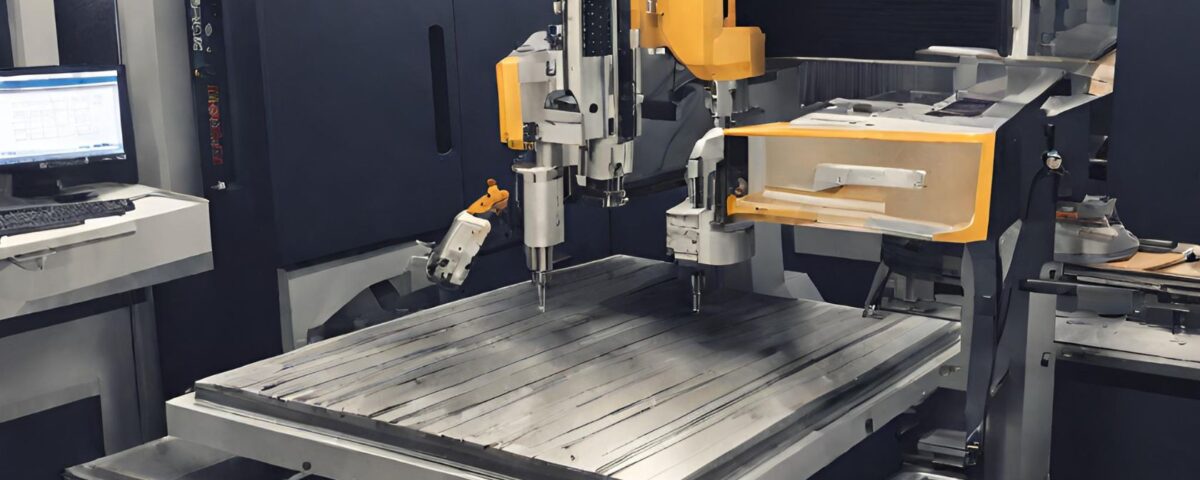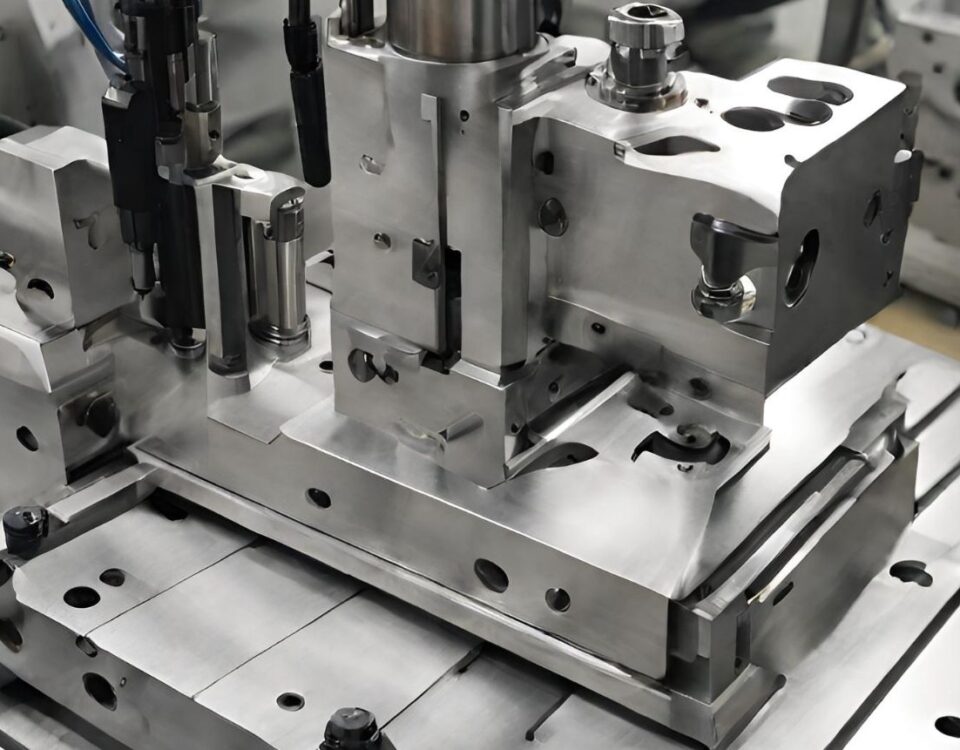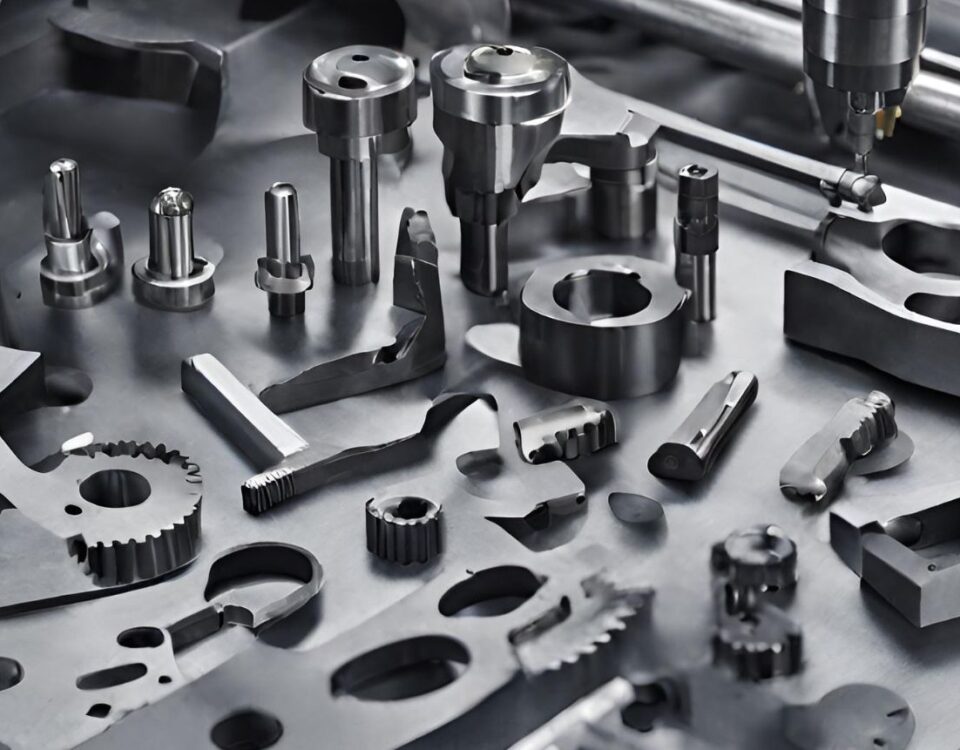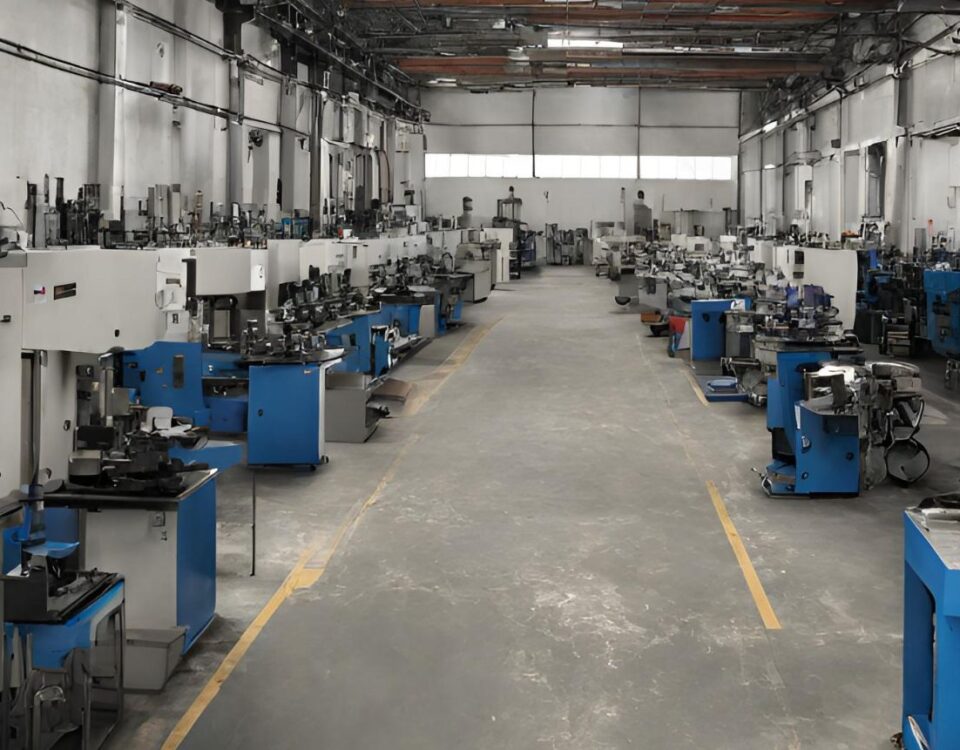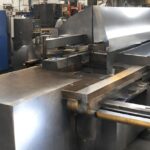
The Art of Metal Fabrication: Unveiling the Secrets Behind Precision Engineering and Timeless Craftsmanship
26 March 2024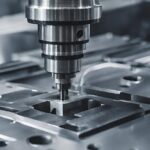
7 Factors to Consider When Selecting Online Machining Services
1 April 2024What is CNC Milling Machine?
CNC milling machines are at the heart of manufacturing and engineering processes around the globe. They combine the precision of computer numerical control (CNC) technology with the versatility and strength of milling, creating a powerhouse tool that can handle a wide array of materials and designs. This comprehensive exploration into CNC milling machines will cover their definition, types, components, operations, advantages, and the impact they have on industries today.
Understanding CNC Milling Machines
At its core, a CNC milling machine is an automated machining tool used to remove material from a workpiece. This process is achieved through the use of rotary cutters that shape the material according to instructions pre-programmed into the machine's computer. The CNC aspect of these machines allows for incredibly precise control over the cutting process, which can be adjusted to accommodate a variety of materials and designs. This precision is crucial in industries where even the smallest deviation could lead to significant issues, such as aerospace, automotive, and medical device manufacturing.
The Anatomy of CNC Milling Machines
CNC milling machines consist of several key components, each contributing to the machine's overall functionality and precision. The most notable parts include the spindle, which holds the cutting tools; the table, which supports the workpiece; the column, which supports the spindle and the cutting tool; and the CNC controller, the brain of the machine that executes the commands sent to the machine. Understanding these components is vital for anyone looking to delve into the world of CNC milling, whether they are operating the machine themselves or designing parts to be created with one.
Types of CNC Milling Machines
There are several types of CNC milling machines, each designed to meet different needs and applications. The most common types include vertical milling machines, where the spindle operates in a vertical manner; horizontal milling machines, which have a horizontally oriented spindle; and universal milling machines, which combine features of both vertical and horizontal orientations. Each type has its unique advantages and is suited for specific applications, making it crucial for manufacturers to select the right type of CNC milling machine for their specific needs.
The Operation Process of CNC Milling
The operation of a CNC milling machine involves several steps, from the initial design phase to the final production of the part. The process starts with creating a CAD (Computer-Aided Design) model of the part, which is then converted into a CNC program that the machine can interpret. Once the machine is set up with the appropriate tools and material, the CNC program is executed, and the machine begins the milling process. Throughout this process, the CNC controller adjusts the movements of the spindle and table to precisely cut the material into the desired shape.
Advantages of Using CNC Milling Machines
CNC milling machines offer numerous advantages over traditional manual milling machines. These benefits include increased precision, consistency, and efficiency. The automated nature of CNC milling reduces the likelihood of human error, ensuring that each part is manufactured to the exact specifications. Additionally, CNC milling machines can operate 24/7 with minimal supervision, significantly increasing production capacity. These advantages make CNC milling machines an indispensable tool in modern manufacturing and engineering.
Impact on Industries
The introduction of CNC milling machines has revolutionized the manufacturing industry, allowing for the production of components with complex geometries and tight tolerances that were previously impossible to achieve. Industries such as aerospace, automotive, electronics, and medical devices have particularly benefited from the capabilities of CNC milling machines, as these sectors often require parts with precise specifications and high-quality finishes. Furthermore, the efficiency and speed of CNC milling have enabled manufacturers to reduce production times and costs, contributing to more competitive pricing and quicker time-to-market for new products.
Conclusion
CNC milling machines are a cornerstone of modern manufacturing, offering unparalleled precision, efficiency, and flexibility. By understanding the components, types, and operation of these machines, manufacturers can leverage their capabilities to produce high-quality parts that meet the exacting standards of today's industries. As technology continues to evolve, the role of CNC milling machines in manufacturing is set to become even more critical, driving innovation and excellence in every sector they touch.
Embrace the precision and efficiency of CNC milling in your manufacturing processes. Contact us to discover how our state-of-the-art CNC solutions can elevate your production to the next level.

